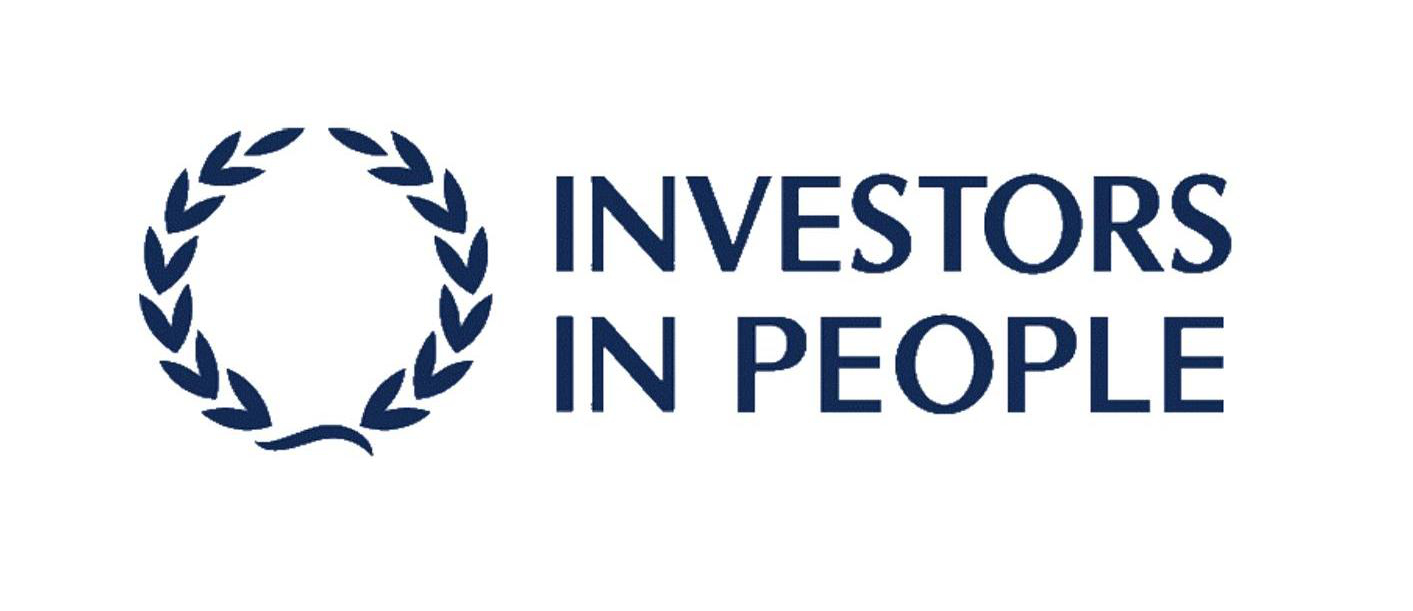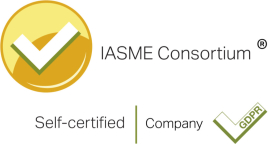
Ever since the financial crash, there’s been increasing pressure on international groups whose tax bills seem too low. The word “morality” has regularly fallen from the splenetic lips of outraged politicians, furious that the tax structures their colleagues have created have been used in a way they’d claim was never intended. Behind the scenes the OECD has been looking at ways to limit the extent to which profits can be shifted from one territory to another without in any way prejudicing the right of sovereign governments to entice business to their territories by way of tax incentives. It’s a hard task, but a start has been made with BEPS Action 10.
BEPS Action 10
An OECD discussion document succinctly titled “BEPS Action 10: PROPOSED MODIFICATIONS TO CHAPTER VII OF THE TRANSFER PRICING GUIDELINES RELATING TO LOW VALUE-ADDING INTRA-GROUP SERVICES” has just been issued. Its 20 pages seek to define low value-adding intra-group services, how they should be documented, and the appropriate margins. Furthermore, it defines what is described as “shareholder activities” which shouldn’t be cross-charged in the first place.
This document raises some interesting points. Its description of Shareholder Activities includes the phrase “an intra-group activity may be performed relating to group members even though those group members do not need the activity (and would not be willing to pay for it were they independent enterprises)”. It goes on to say “This type of activity would not be considered to be an intra-group service, and thus would not justify a charge to the recipient companies”. It lists examples, which include “costs relating to reporting requirements (including financial reporting and audit) of the parent company … and costs relating to the preparation of consolidated financial statements of the MNE (however, in practice costs incurred locally by the subsidiaries may not need to be passed on to the parent … where it is disproportionately onerous to identify and isolate those costs)”
Whilst the logic behind the first phrase is undoubtedly sound, the second one rings alarm bells. A quoted parent company will typically have quarterly reporting requirements that oblige its subsidiaries to undertake work and be subjected to quarterly review by their auditors. Those auditors will bill their client – the subsidiary – for their efforts. Those bills are readily identifiable. The auditor’s client would most certainly, were it independent, be unwilling to pay the charge as it arguably receives no benefit from the service performed. I have never seen such charges recharged to the parent, nor have I seen them disallowed in computations of taxable profits. Yet the implication of the bracketed comment is that these will no longer be allowable expenses of the trade of the subsidiary.
Duplicate Services & Incidental Benefits
The document then discusses duplicate services (if genuinely a duplication of what the group member has already done, no cross-charge), and incidental benefits (where benefits flow to a group member as a by-product of services targeted at another group member or members, again no cross-charge) The latter includes not only the benefit of enhanced credit-worthiness resulting merely from being a member of a substantial group, but also the boost to its trade from group reputation-building achieved by global marketing and PR campaigns.- the implication being that the parent should bear all the costs of brand promotion whilst the beneficiaries (its various subsidiaries) bear none. That seems more than a little draconian.
Centralised Services & “On call” Charges
The document also discusses centralised services and “on call” charges, prohibiting neither, but saying the fact of payment being made or liability recorded for intra-group service provision does not provide evidence that such service has been supplied, any more than their absence is evidence that no such service has been supplied. This would seem to imply that if proof of supply existed even where no cross-charge had been rendered, a tax deduction might still be possible – more likely, however, is the alternative implication that where a supply can be seen to have been made but no charge rendered, the supplier should be deemed for tax purposes to have some level of undisclosed income.
The document then discusses pricing – no surprises there, equivalent arm’s-length is best, but in many cases can’t readily be achieved. The result is indirect-charge methods.
Low value-added Intra-group Services
The real meat of the document relates to its suggested simplified technique for MNE’s to quantify and allocate low value-added intra-group services. The simplified technique should be applied on a consistent group-wide basis across all countries in which the MNE operates. It summarises low value-added services as being supportive in nature, non-core activities, not utilising unique and valuable intangibles, and relatively low-risk. By topic, it suggests these will include:
- Accounting and auditing
- Budgeting
- Accounting processes
- HR
- Health and safety and other regulatory compliance
- IT services
- Communications both internal and external including PR support, group legal services group tax services
- General admin/clerical services
The simplified technique requires the MNE to calculate on an annual basis a pool of all such costs, by category and by accounting cost centre. The pool should exclude costs benefitting solely the company that incurred them, and costs benefitting solely one other group company.
Having established the pool of low value-added costs, the MNE should then establish appropriate allocation keys per category (payroll provision – staff numbers, IT support– computer expense, accounting services – transaction volumes, and so on).
The MNE should then apply a mark-up. – No less than 2%, no greater than 5%.
These steps should all be documented, and the documentation made available on request to relevant tax authorities. The documentation should explain:
- What services are involved and why the MNE considers them to be low value-added
- The rationale for pooling service provision across the members of the MNE
- Description of expected benefits
- Description of the allocation keys used and why those keys should produce outcomes related to benefits received, and confirmation of the mark-up applied.
The documentation should also include:
- Written contracts or agreements for the provision of these services from participating group members
- Calculations of the pool, and of the application of the allocation keys.
If adopted, the OECD believes BEPS Action 10 should satisfy tax authorities across the world that all such cross-charges have been allocated appropriately and that no profit-shifting has occurred to the detriment of any individual territory.
We can but hope.
The information in this article was correct at the date it was first published.
However it is of a generic nature and cannot constitute advice. Specific advice should be sought before any action taken.
If you would like to discuss how this applies to you, we would be delighted to talk to you. Please make contact with the author on the details shown below.








